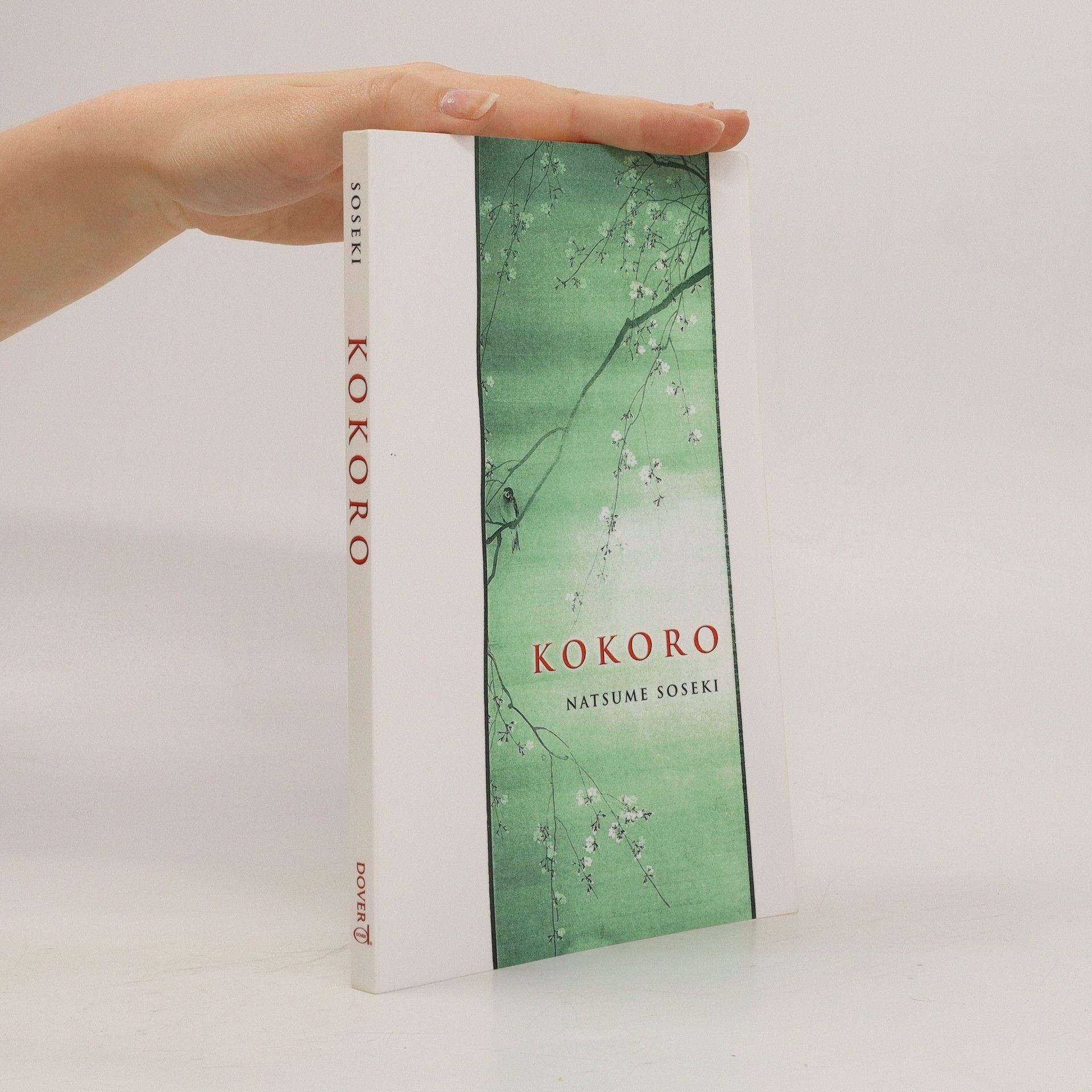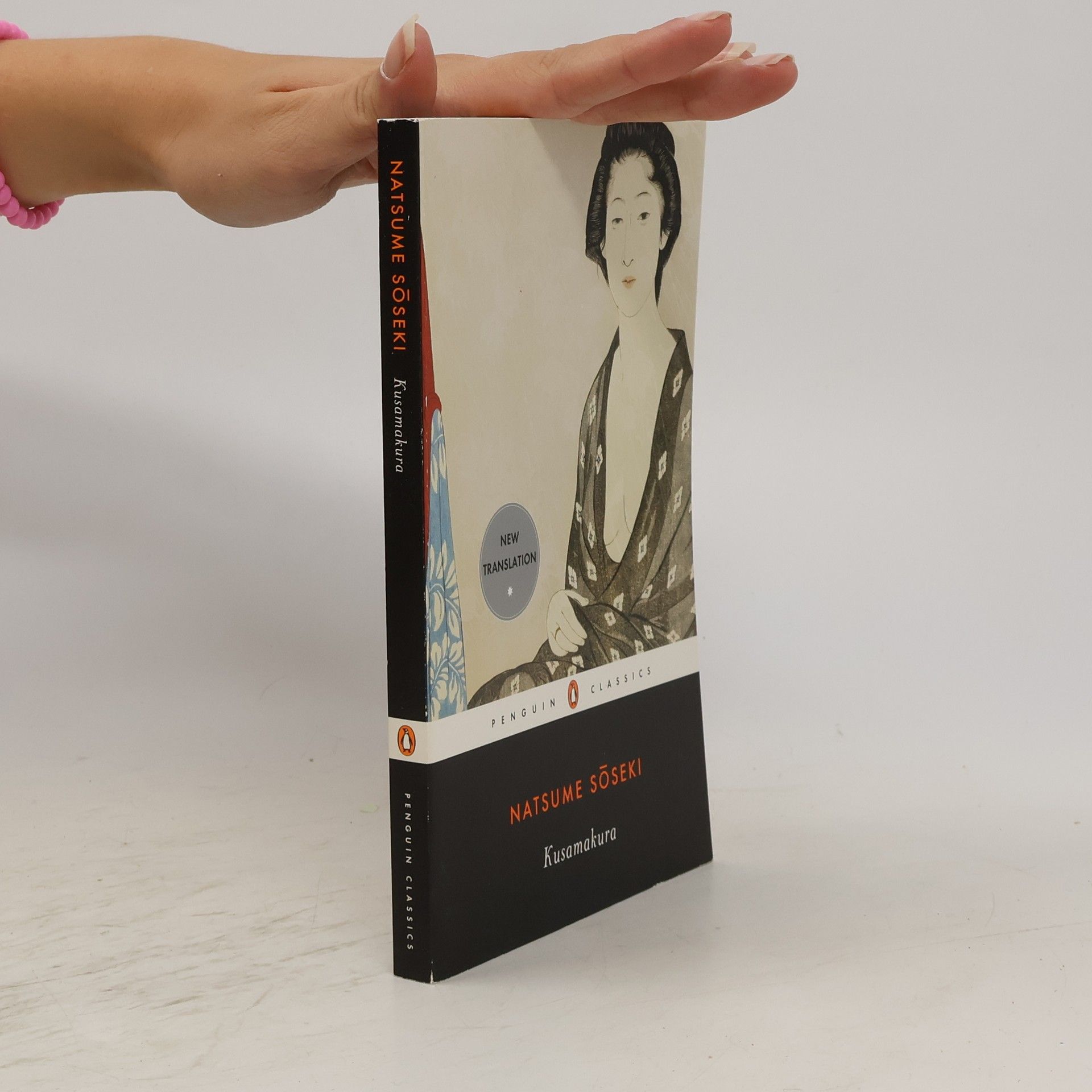Natsume Sōseki (1867-1916), novelista innovador de la era Meiji con títulos como Soy un gato, Sanshiro, Las hierbas del camino o El caminante, colaboró con el célebre poeta de haiku Masaoka Shiki en la revista de haiku Hototogisu («El cuclillo»). Sōseki cultivó esta breve forma poética durante prácticamente toda su vida. Su poesía evolucionó desde un estilo florido y abigarrado hacia una mayor interiorización y personalidad. Sōseki asumió el concepto tradicional de «gusto refinado» del tanka y le otorgó un sentido más pleno hacia la «compasión universal» -de raigambre en gran parte budista-, e incrementando su humanismo. Esta voluntad de inmersión en la naturaleza y huida del protagonismo se hará patente en muchos de sus haikus. Otros rasgos destacables de su estilo son: cierta dosis de humor y ocasionalmente de surrealismo.
Sōseki Natsume Libros
Natsume Sōseki fue un influyente novelista y erudito literario japonés que impactó profundamente la literatura moderna de Japón. Sus obras a menudo exploran temas de identidad, alienación y moralidad en un Japón en rápida modernización. Sōseki entrelaza magistralmente humor, ironía y profundidad psicológica para crear personajes y narrativas inolvidables. Su legado literario es tan significativo que a menudo se le considera el escritor más grande de la historia moderna de Japón.







Si hay un observador privilegiado que pueda conocer a fondo cada recoveco de una ciudad y escudriñar a las personas que habitan en ella, tiene que ser un gato. Natsume Soseki (1867-1916) ofrece en esta obra maestra de la literatura japonesa un hilarante retrato de su tiempo -la modernizadora era Meiji- visto a través de los ojos de un felino callejero de Tokio. Adoptado a su pesar por el profesor Kushami, el orgulloso gato no dejará de quejarse y de analizar con un humor sarcástico el comportamiento de los personajes que desfilan por la casa, una muestra perfecta de la excéntrica burguesía japonesa.
Kokoro: (Translated by Edward McClellan)
- 156 páginas
- 6 horas de lectura
Exploring the themes of loneliness and isolation, this novel delves into the transition from Meiji society to modern Japan. It is structured in three parts, focusing on the narrator's relationship with the reclusive "Sensei," his return home after graduating, and a revealing letter from Sensei that uncovers his deep-seated guilt and loss of faith in humanity. This poignant narrative offers insight into the complexities of human emotions and relationships, making it a significant work by Natsume Soseki.
Kokoro
- 208 páginas
- 8 horas de lectura
"Rich in understanding and insight."—The New YorkerWhat is love, and what is friendship? What is the extent of our responsibility to ourselves and to others? Kokoro, signifying "the heart of things," examines these age-old questions in terms of the modern world.A trilogy of stories that explores the very essence of loneliness, Kokoro opens with "Sensei and I," in which the narrator recounts his relationship with an intellectual who dwells in isolation but maintains a sophisticated worldview. "My Parents and I" brings the reader into the narrator's family circle, and "Sensei and His Testament" features the eponymous character's explanation of how he came to live a life of solitude.Natsume Soseki (1867–1916), perhaps the greatest novelist of the Meiji period, remains one of Japan's most widely read authors. He wrote this novel in 1914, at the peak of his career, and it remains an excellent introduction to modern Japanese literature.
Light and Dark
- 464 páginas
- 17 horas de lectura
Originally published in Japanese with the romanized title of Meian.
The Gate
- 227 páginas
- 8 horas de lectura
An NYRB Classics Original A humble clerk and his loving wife scrape out a quiet existence on the margins of Tokyo. Resigned, following years of exile and misfortune, to the bitter consequences of having married without their families’ consent, and unable to have children of their own, Sōsuke and Oyone find the delicate equilibrium of their household upset by a new obligation to meet the educational expenses of Sōsuke’s brash younger brother. While an unlikely new friendship appears to offer a way out of this bind, it also soon threatens to dredge up a past that could once again force them to flee the capital. Desperate and torn, Sōsuke finally resolves to travel to a remote Zen mountain monastery to see if perhaps there, through meditation, he can find a way out of his predicament. This moving and deceptively simple story, a melancholy tale shot through with glimmers of joy, beauty, and gentle wit, is an understated masterpiece by one of Japan’s greatest writers. At the end of his life, Natsume Sōseki declared The Gate, originally published in 1910, to be his favorite among all his novels. This new translation captures the oblique grace of the original while correcting numerous errors and omissions that marred the first English version.
Kusamakura
- 176 páginas
- 7 horas de lectura
"Natsume Soseki's Kusamakura follows its nameless young artist-narrator on a meandering walking tour of the mountains. At the inn at a hot spring resort, he has a series of mysterious encounters with Nami, the lovely young daughter of the establishment. Nami, or 'beauty, ' is the center of this elegant novel, the still point around which the artist moves and the enigmatic subject of Soseki's word painting. In the author's words, Kusamakura is 'a haiku-style novel, that lives through beauty.' Written at a time when Japan was opening its doors to the rest of the world, Kusamakura turns inward, to the pristine mountain idyll and the taciturn lyricism of its courtship scenes, enshrining the essence of old Japan in a work of enchanting literary nostalgia."--Book cover
Ten Nights' Dreams and Our Cat's Grave
- 94 páginas
- 4 horas de lectura
Exploring themes of love, honor, and despair, this collection of ten vignettes presents a dream-world where fantastic and tragic events unfold. Each story captures a unique essence, blending modernist and impressionistic styles that reflect both stark realism and a deeper emotional resonance. The narratives invite readers to ponder the complexities of human experience, evoking a sense of universal connection through their exquisite sensibility. This classic work marks a significant moment in Japanese literature, showcasing Natsume Soseki's profound insight into life and feeling.
A rediscovered Japanese modernist classic, translated by renowned Murakami translator Jay Rubin and with a new introduction by Murakami himself.
And Then
- 248 páginas
- 9 horas de lectura
"A Japanese writer of genius."—Japan Quarterly Soseki Natsume is considered to be one of Japan's most beloved and respected authors. And Then is ranked as one of his most insightful and stirring novels. Daisuke, the protagonist, is a man in his twenties who is struggling with his personal purpose and identity as well as the changing social landscape of Meiji-era Japan. As Japan enters the Twentieth Century, ancient customs give way to western ideals, and Daisuke works to resolve his feelings of disconnection and abandonment during this time of change. Thanks to his father's wealth, Daisuke has the luxury of having time to develop his philosophies and ruminate on their meaning while remaining intellectually aloof from traditional Japanese culture and the demands of growing industrialization. Then Daisuke's life takes an unexpected turn when he is reunited with his college friend and his sickly wife. At first, Daisuke's stoicism allows him to act according to his intellect, but his intellectual fortress begins to show its vulnerabilities as his emotions start to hold greater sway over his inner life. Daisuke must now weigh his choices in a culture that has always operated on the razor's edge of societal obligation and personal freedom.

